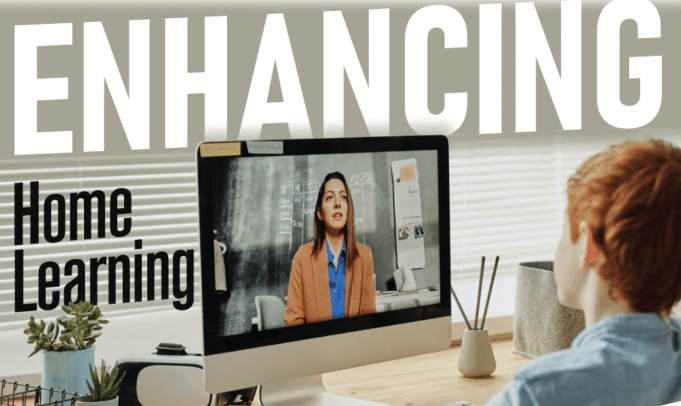Since the start of the coronavirus outbreak, schools around the globe have taken action to prevent rapid spread and contraction amongst students, staff, and parents. As a result, distance learning, an at-home approach to education, has surged.
However, most students now feel in lower spirits than in before the pandemic, leaving parents and teachers worried.
This is not to say parents and teachers aren’t struggling, too. 66% of teachers also feel in lower spirits than before the pandemic, and teachers are concerned their students will fall behind in key subjects such as math, English, and science.
Furthermore, a survey of California public schools discovered that nearly 9 in 10 parents are concerned their child could fall behind academically, and more than 8 in 10 are struggling to keep their child engaged.
Could the correlation between mental health and academic performance be home distractions? On April 24, 2020, a report found that 90% of students in the world were stuck at home due to COVID-19.
It’s easy to get distracted when everyone’s home, especially as remote work is on the rise as well. However, parents and teachers can work together to create better outcomes for their learners.
A 2015 study found that cell phone notifications interfered with attention and productivity – even when participants don’t interact with their devices.
Although this was recently founded data, society has become far more technologically dependent than in 2015 – so its likely your child needs access to tech to participate in online learning. However, you can still limit the impact of their distractions.
It’s recommended you only allow the technology required to complete distance learning tasks in the setting to create educational boundaries. Still, even essential gadgets can be distracting, but turning off its features can minimize setbacks.
For example, consider stopping notifications during class time. Students can turn on “do not disturb” during these times, as well as silence notifications as vibrations can be as distracting as sounds.
Understanding that growing paints are inevitable after a sudden transition to remote schooling. However, a new normal can be found. You don’t have to keep your old schedule to have consistency in your routine.
First and foremost, it’s important you encourage sleep to reduce stress for both you and your child. In other words, keep a bedtime and wake time, even if these times are different from when your kids were physically going to school.
Moving along, providing opportunities for your student to be social can also improve their mental health as they adjust to distance learning.
Although we’re in quarantine, students can keep the collaborative element of a classroom by helping each other with schoolwork through digital platforms such as Skype, Slack, Zoom, FaceTime, and more.
Video conferencing and texting can also help parents keep in touch with each other to share ideas on what’s working in their home, as well as for teachers. Outside of this, technology can be used to schedule virtual playdates for your child to catch up with friends.
Perhaps scheduling virtual lunches, recesses, or Fun Fridays could be a great stepping stone to implementing collaborative efforts into your home classroom.
Home learning works when it’s fun, and there are many ways parents and teachers can improve their students’ experience.
For more information on how to enhance home learning, check out the infographic below.













